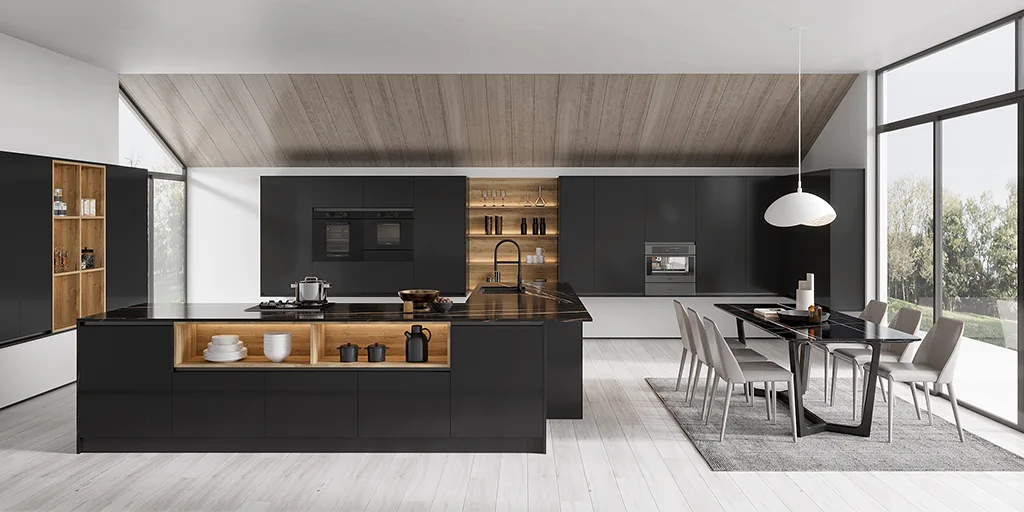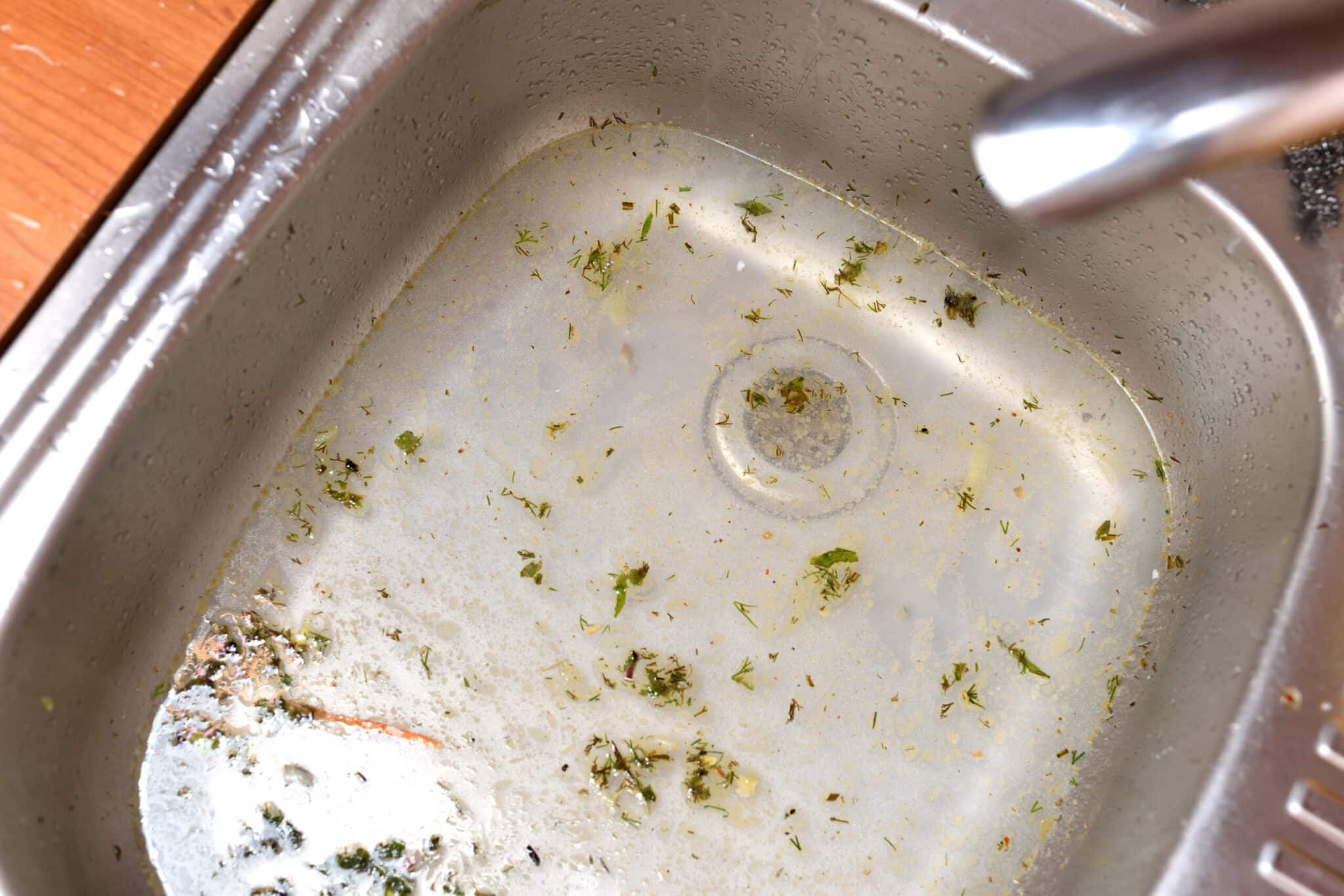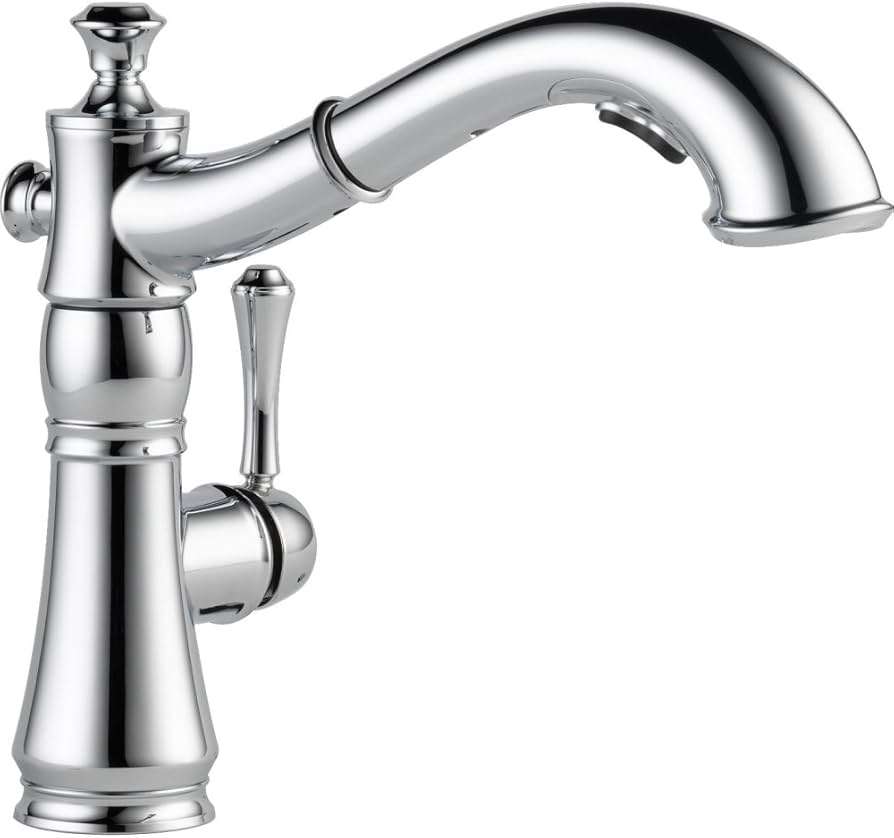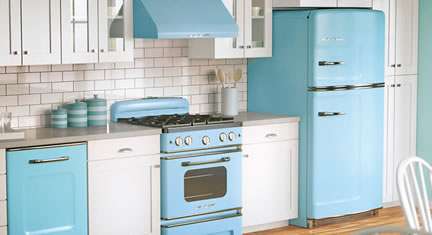Designing a kitchen hood fire suppression system is a critical aspect of restaurant safety, transcending the limitations of static “Kitchen hood fire suppression system design pdf” documents. It’s a dynamic process requiring a deep understanding of fire dynamics, local regulations, and the specific hazards present in a commercial kitchen. While a “Kitchen hood fire suppression system design pdf” can offer a starting point, true expertise demands a more nuanced approach, considering factors like cooking appliance types, ventilation rates, and the potential for grease accumulation. Ultimately, effective fire protection relies on a comprehensive, tailored system rather than relying solely on a downloadable guide.
Understanding the Core Principles
The fundamental goal of a kitchen hood fire suppression system is to rapidly extinguish fires that originate in cooking appliances and ventilation systems. These systems typically utilize a wet chemical extinguishing agent, specifically formulated to saponify (turn into soap) burning grease, effectively cutting off the oxygen supply and cooling the fuel source. The design process involves several key considerations:
- Hazard Assessment: Identifying the types and arrangement of cooking appliances, and their associated fire risks.
- System Selection: Choosing the appropriate extinguishing agent and delivery system based on the hazard assessment.
- Coverage Area: Determining the precise area that needs to be protected, including appliances, hoods, and ductwork.
- Activation Mechanism: Specifying the type of activation mechanism, whether manual, automatic, or a combination of both.
Moving Beyond the Static Document
A “Kitchen hood fire suppression system design pdf” often provides generic guidelines, but fails to address the unique challenges of each kitchen. Consider these crucial aspects that go beyond a standard document:
Customization for Specific Appliances
Different cooking appliances present varying fire risks. For example, a deep fryer poses a higher risk of grease fires than a grill. A tailored design must consider the specific characteristics of each appliance and ensure adequate coverage and extinguishing agent volume. The generic layouts found in a PDF might not account for these variations.
Integration with Existing Systems
The fire suppression system must seamlessly integrate with other building systems, such as the fire alarm system and ventilation system. This requires careful coordination with other trades and a thorough understanding of the overall building design. A “Kitchen hood fire suppression system design pdf” cannot provide this level of integration.
Comparative Table: PDF vs. Professional Design
| Feature | “Kitchen hood fire suppression system design pdf” | Professional Design |
|---|---|---|
| Customization | Limited, generic guidelines | Highly tailored to specific kitchen layout and equipment |
| Regulation Compliance | May not reflect current local codes | Ensures full compliance with all applicable regulations |
| Risk Assessment | Basic overview | Comprehensive analysis of all potential fire hazards |
| Integration | Minimal consideration | Seamless integration with existing building systems |
INSTALLATION AND MAINTENANCE: ENSURING LONG-TERM RELIABILITY
Even the most meticulously designed kitchen hood fire suppression system is only as good as its installation and subsequent maintenance. Proper installation, performed by qualified technicians, is crucial for ensuring that the system functions as intended during an emergency. This includes:
– Accurate Nozzle Placement: Ensuring nozzles are positioned to deliver the extinguishing agent effectively to all potential fire zones.
– Proper Piping and Connections: Installing piping and connections according to manufacturer specifications to prevent leaks and ensure adequate flow.
– System Testing: Thoroughly testing the system after installation to verify functionality and identify any potential issues.
Regular maintenance is equally important for maintaining the system’s effectiveness over time. This typically involves:
– Routine Inspections: Periodically inspecting the system for any signs of damage, corrosion, or obstruction.
– Extinguishing Agent Replacements: Replacing the extinguishing agent according to the manufacturer’s recommendations to ensure its effectiveness.
– Functional Testing: Conducting functional tests to verify that all components are operating correctly.
TRAINING AND AWARENESS: EMPOWERING KITCHEN STAFF
A well-designed and maintained fire suppression system is a valuable asset, but it’s only one piece of the puzzle. Equally important is training kitchen staff on how to use the system effectively and respond appropriately in the event of a fire. This training should cover:
– System Operation: Understanding how the system works, including the manual and automatic activation mechanisms.
– Emergency Procedures: Knowing what to do in the event of a fire, including activating the fire suppression system, evacuating the kitchen, and contacting emergency services.
– Fire Prevention: Implementing best practices for fire prevention, such as regular cleaning of grease traps and proper handling of flammable materials.
By combining a professionally designed and installed fire suppression system with ongoing maintenance and comprehensive staff training, restaurant owners can create a safer environment for their employees and customers, minimizing the risk of costly and potentially devastating kitchen fires.






